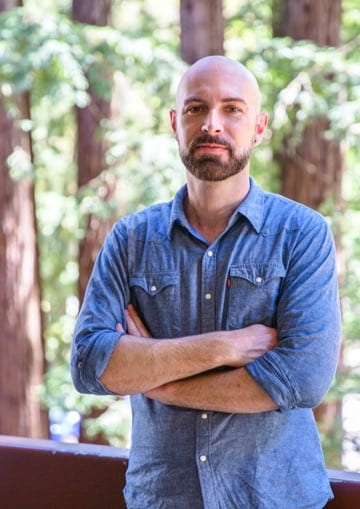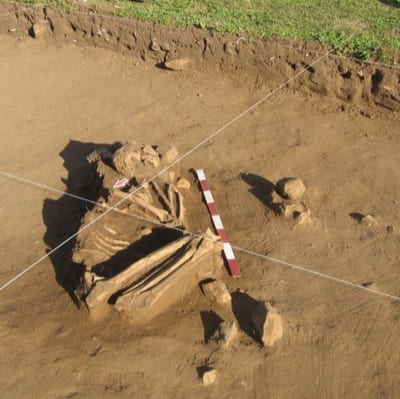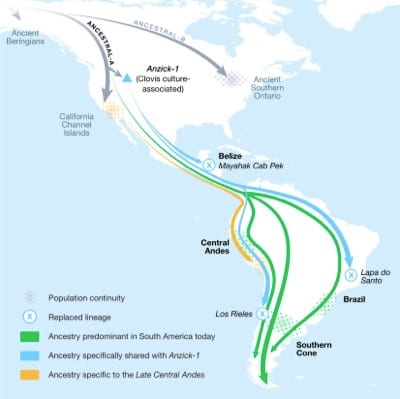International team reveals unexpected details about the peopling of Central and South America
November 08, 2018
By Jennifer McNulty
Unprecedented details about the story of the peopling of Central and South America have been revealed in a new study published in the journal Cell.
The first analysis of high-quality ancient DNA data from Central and South America—from 49 individuals, some as old as 11,000 years—has revealed a major and previously unappreciated early population turnover.
The study, “Reconstructing the Deep Population History of Central and South America,” was conducted by an international team that included researchers from the University of California, Santa Cruz, Harvard Medical School, and the Max Planck Institute for the Science of Human History. Their results show that a distinctive DNA type associated with the first widespread archaeological culture of North America (Clovis) was also found in Chile, Brazil, and Belize 9,000-11,000 years ago.
The findings suggest that the people who spread the Clovis culture also had a major demographic impact further south. But this Clovis culture-associated lineage is missing in later South Americans, documenting a continent-wide population replacement that began at least 9,000 years ago.
The researchers worked closely with indigenous communities and government agencies to obtain permits for analyzing these ancient human remains. The genomic data analyzed previously were less than 1,000 years old.
“A key discovery was that a Clovis culture-associated individual from North America dating to around 12,800 years ago shares distinctive ancestry with the oldest Chilean, Brazilian, and Belizean individuals,” explained co-lead author Cosimo Posth of the Planck Institute. “This supports the hypothesis that the expansion of people who spread the Clovis culture in North America also reached Central and South America.”
These individuals from Chile, Brazil and Belize date to more than 9,000 years ago. However, younger individuals and present-day people in South America do not share the Clovis culture-associated ancestry that characterizes the oldest individuals.
“This is our second key discovery,” said co-senior author David Reich from Harvard Medical School and the Howard Hughes Medical Institute. “We have shown that there was a continent-wide population replacement that began at least 9,000 years ago.”
After the population replacement, there was striking genetic continuity between ancient individuals dating to up to 9,000 years ago and modern people from multiple South American regions. This contrasts with West Eurasia and Africa, where there are few places with such long-standing continuity.
California Channel Island-associated ancestry in the Andes
The second previously unknown spread of people revealed itself in an analysis showing that ancient Californians from the Channel Islands have a distinctive shared ancestry with groups that became widespread in the southern Peruvian Andes by at least 4,200 years ago.
“This is unlikely to reflect migration specifically from the Channel Islands into South America,” said co-senior author Lars Fehren-Schmitz, an associate professor of anthropology at UC Santa Cruz. Instead, the researchers hypothesize that the connection between these regions is the result of dispersals of people that occurred thousands of years earlier, and that such ancestry became more widespread in the Andes after subsequent events within South America.


